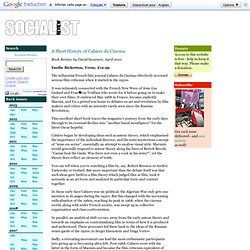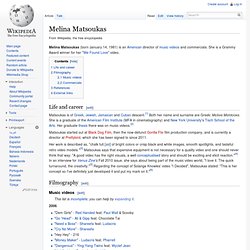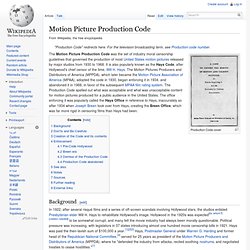

A Short History of Cahiers du Cinema. Book Review by David Swanson, April 2010 Emilie Bickerton, Verso, £12.99 The influential French film journal Cahiers du Cinéma effectively invented serious film criticism when it started in the 1950s.

It was intimately connected with the French New Wave of Jean-Luc Godard and Franois Truffaut who wrote for it before going on to make their own films. It embraced May 1968 in France, became explicitly Marxist, and for a period was home to debates on art and revolution by film makers and critics with an intensity rarely seen since the Russian Revolution.
This excellent short book traces the magazine's journey from the early days through to its eventual decline into "another banal mouthpiece" for the latest Oscar hopeful. Cahiers began by developing ideas such as auteur theory, which emphasised the importance of the individual director, and the semi-mysterious concept of "mise-en-scène", essentially an attempt to analyse visual style. We welcome letters on all issues raised in Socialist Review. The Matrix (1999. Colonel Blimp. Colonel Blimp is an award winning production company with a reputation for creative innovation and excellence.

Rascal of the Blink family we make commercials, music videos, branded content and everything in-between. Colonel Blimp takes its name from the 1944 film "The Life And Death of Colonel Blimp" In the film Roger Livesey plays a man who fights a duel and cuts his top lip so badly that he is forced to grow a large and unusual handlebar moustache which he keeps for the rest of his life. Creating a memorable piece of film is much like growing an unusual moustache.
It takes patience and nerve. During the early planning stages it may be difficult to perceive exactly what the finished 'tache' will look like. Melina Matsoukas. Life and career[edit] Matsoukas is of Greek, Jewish, Jamaican and Cuban descent.[1] Both her name and surname are Greek: Μελίνα Ματσούκα.

She is a graduate of the American Film Institute (MFA in cinematography) and New York University's Tisch School of the Arts. Her graduate thesis there was on music videos.[2] Matsoukas started out at Black Dog Film, then the now-defunct Gorilla Flix film production company, and is currently a director at Prettybird, which she has been signed to since 2011. Her work is described as, "chalk full [sic] of bright colors or crisp black and white images, smooth spotlights, and tasteful retro video models Filmography[edit] Music videos[edit] "Pretty Hurts" - Beyoncé Commercials[edit] "All Originals Represent" - Adidas "Change Lanes" - Lexus References[edit]
David Fincher. TRANS - Revista Transcultural de Música - Transcultural Music Review - Article: Cultural approaches to the rhetorical analysis of selected music videos.
Bollywood. Motion Picture Production Code. Production Code cover The Motion Picture Production Code was the set of industry moral censorship guidelines that governed the production of most United States motion pictures released by major studios from 1930 to 1968.

It is also popularly known as the Hays Code, after Hollywood's chief censor of the time, Will H. Hays. The Motion Pictures Producers and Distributors of America (MPPDA), which later became the Motion Picture Association of America (MPAA), adopted the code in 1930, began enforcing it in 1934, and abandoned it in 1968, in favor of the subsequent MPAA film rating system.
The Production Code spelled out what was acceptable and what was unacceptable content for motion pictures produced for a public audience in the United States. Background[edit] In 1922, after several risqué films and a series of off-screen scandals involving Hollywood stars, the studios enlisted Presbyterian elder Will H. Don'ts and Be Carefuls[edit] Creation of the Code and its contents[edit] Breen era[edit]